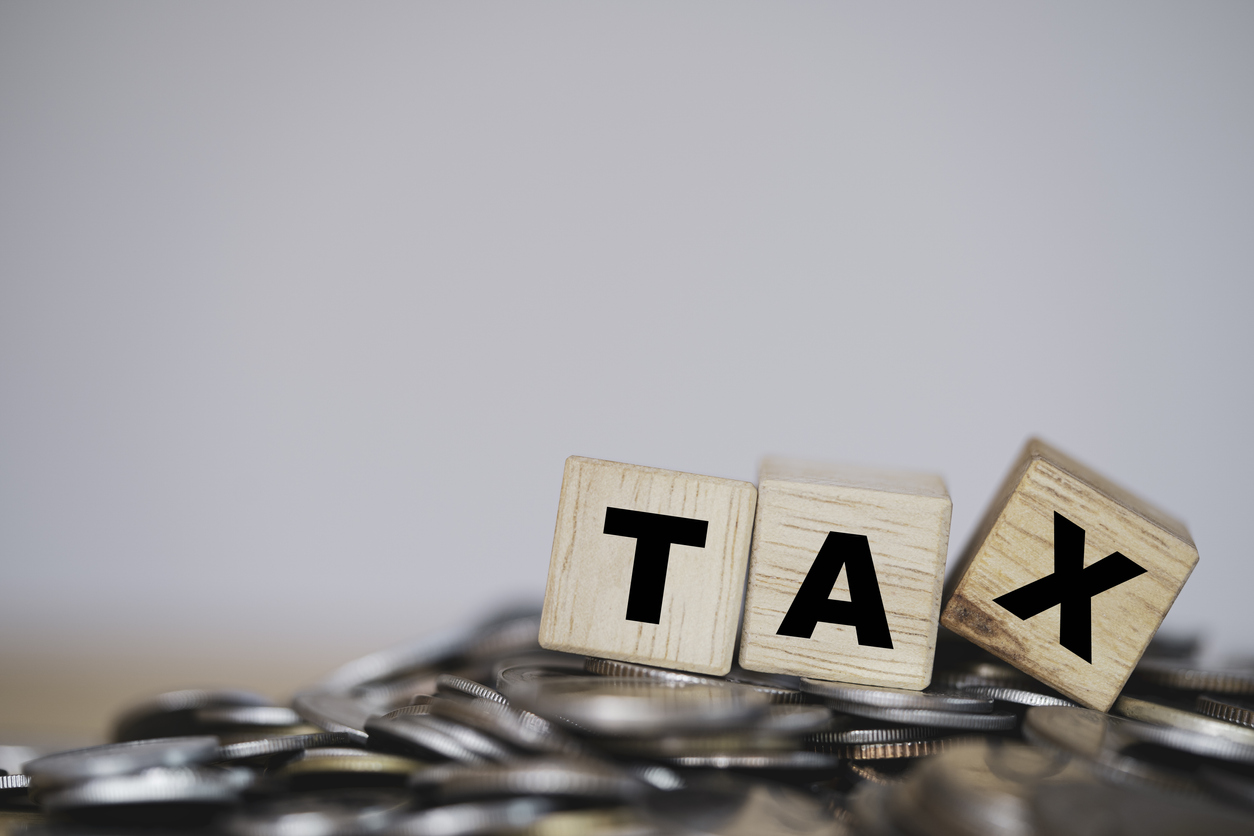What Are Lost Profits and How Are They Calculated?

Lost profits are economic damages caused by a disruption in business operations. The damages can be the result of a variety of factors, some of which include patent infringement, breach of contract, liability caused by an accident, negligent acts or physical damage to business property or equipment.
The need to quantify economic damages for the purposes of determining lost profits with reasonable certainty is a necessity for any case that seeks retribution against an offending party.
Calculating lost profits is essentially performing a “but for” estimate of how the business would have performed had there been no incident. The actual results of the period that the business was affected are subtracted from the “but for” results. The difference is the loss or damage suffered by the business as a result of the incident. It is important to obtain a good understanding of the income and expense statements before, during and in some cases, after the loss period in order to properly quantify the lost profits.
Every case is unique and the steps required in calculating the damages depends on the specific facts of each individual case.
What Steps Do Forensic Accountants Take to Determine Lost Profits?
Background Information
Gain an understanding of the business through interviewing owners or employees of the affected business and / or through independent research. Seasonality, customer trends, area economic trends and competition all factor into the “but for” sales projections. For manufacturing losses, production capacities and inventory levels play an important role in determining the damages suffered by the injured party.
Determine the Time Period that Sales Were Affected
Depending on the type of loss, the time period during which the injured party was affected could be the remaining time left on a contract, how long a patent has been infringed upon or the time it takes to repair or replace damaged equipment or buildings.
Determine the Net Sales Value Lost
Once the affected time period has been established, one must calculate the gross sales value of the lost goods or services being offered by the offended party. Gross sales value is the price a customer would have paid for the goods or services to the injured party. Certain expenses must be deducted from the gross sales to determine the net sales value lost. Examples of these expenses would be the costs normally incurred for packaging, delivery charges, volume discounts and other sales incentives or discounts.
Determine Saved Expenses
This step involves determining the cost the injured party would have incurred to sell the goods in step three. For example, if the injured party owned a restaurant that was shut down for a period of time, the closed restaurant would not need to buy food to serve its customers while it was closed. This is an example of a saved or variable cost that would then be deducted from the net sales value determined in step three. These expenses are commonly referred to as cost of goods sold and represent raw materials or purchased goods that are a direct cost of making a sale.
Determine the Potential for Other Saved Expenses
Finally, one must consider other general expenses to determine if there are additional saved costs that may not have been incurred as a result of the loss. Examples of these costs include sales commissions, management or royalty fees that are charged based on a percentage of revenue, payroll costs and rents or utilities. It is not uncommon to consider an expense as saved in one case but not saved in another case, depending on the specific case background. These additional expenses would serve to further reduce the amount of the losses suffered by the insured.
Consider Actual Results
If the injured party is able to partially operate during the affected period, the resulting actual gross profits earned would serve to reduce the amount of damages. In instances such as these, a careful analysis of the actual results is necessary to identify extra costs or non-loss-related entries that may have been recorded in the profit and loss statements.
Actual results would not reduce damages in cases when there is a specific contract quantity in question or an intellectual property case where a claim of incremental lost sales or specific identifiable sales is being alleged.
In Closing…
Lost profits occur when there is a disruption in normal operations or there is a dispute about a contract or intellectual property infringement. To seek retribution, one must quantify the lost profit damages. A qualified forensic accountant can provide the expertise necessary to quantify the lost profits with reasonable certainty.
The statements or comments contained within this article are based on the author’s own knowledge and experience and do not necessarily represent those of the firm, other partners, our clients, or other business partners.































